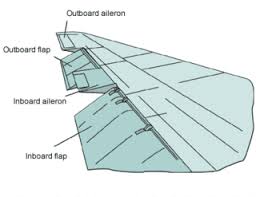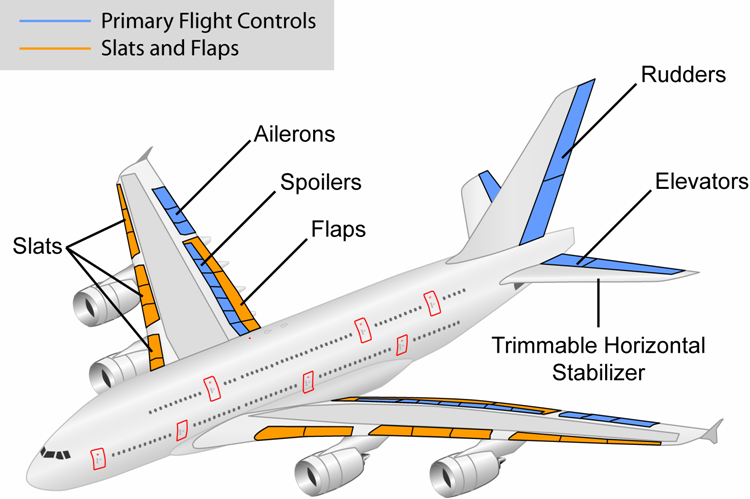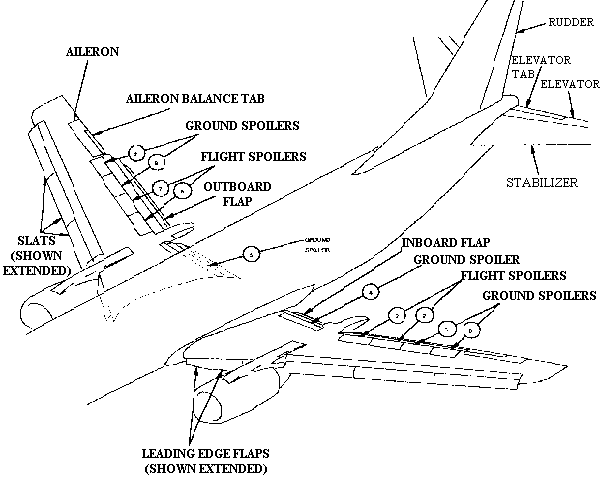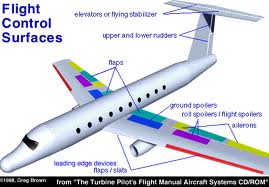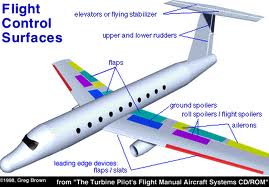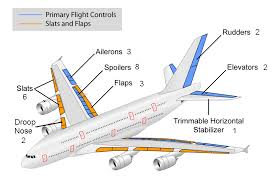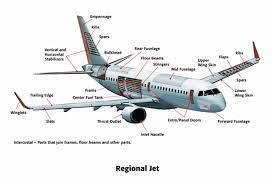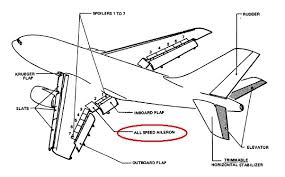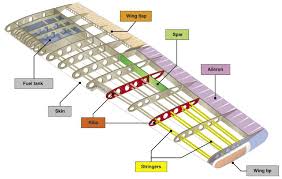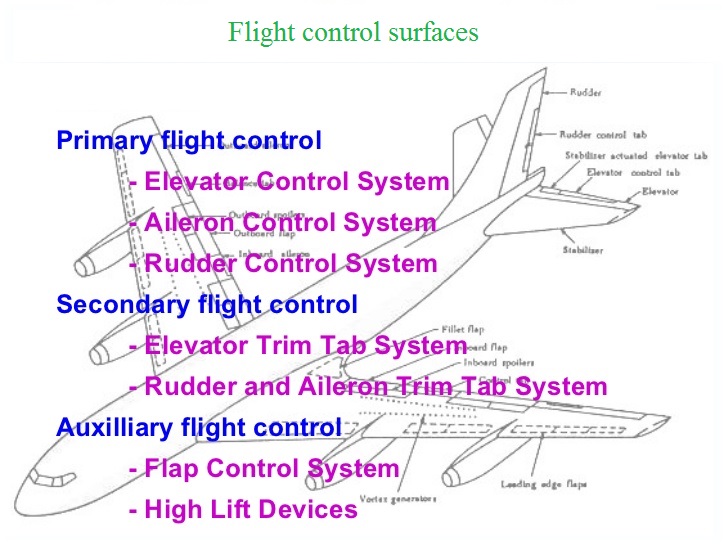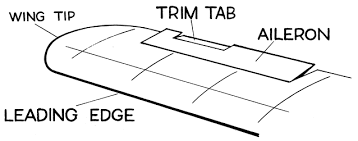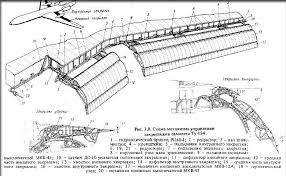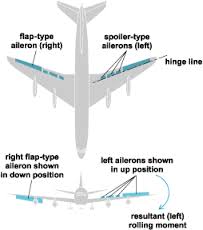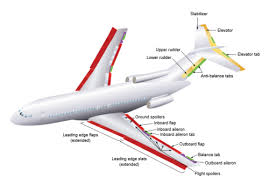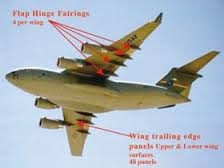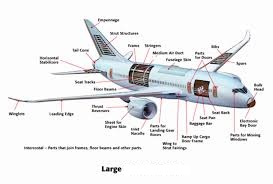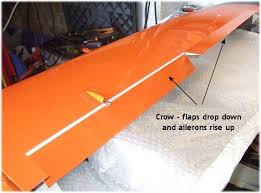Global Military Aircraft
G1
Aircraft Specifications
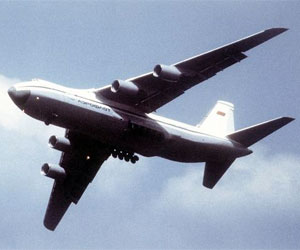
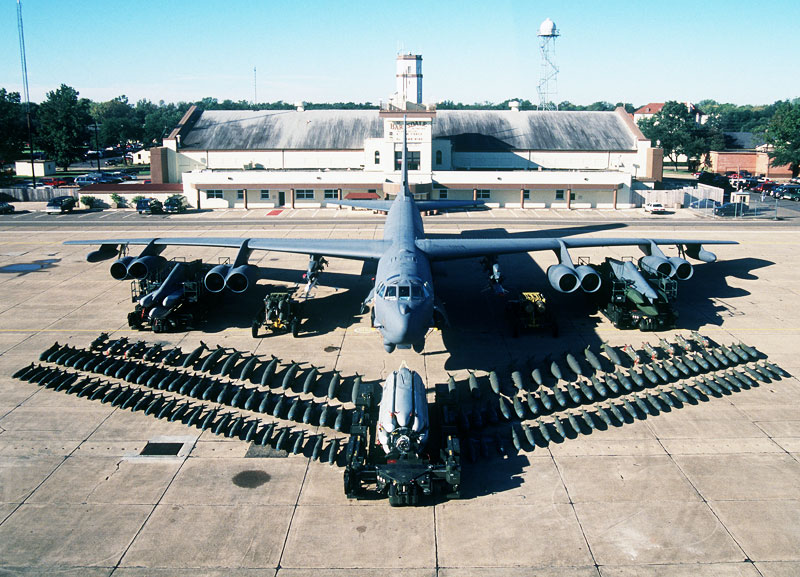
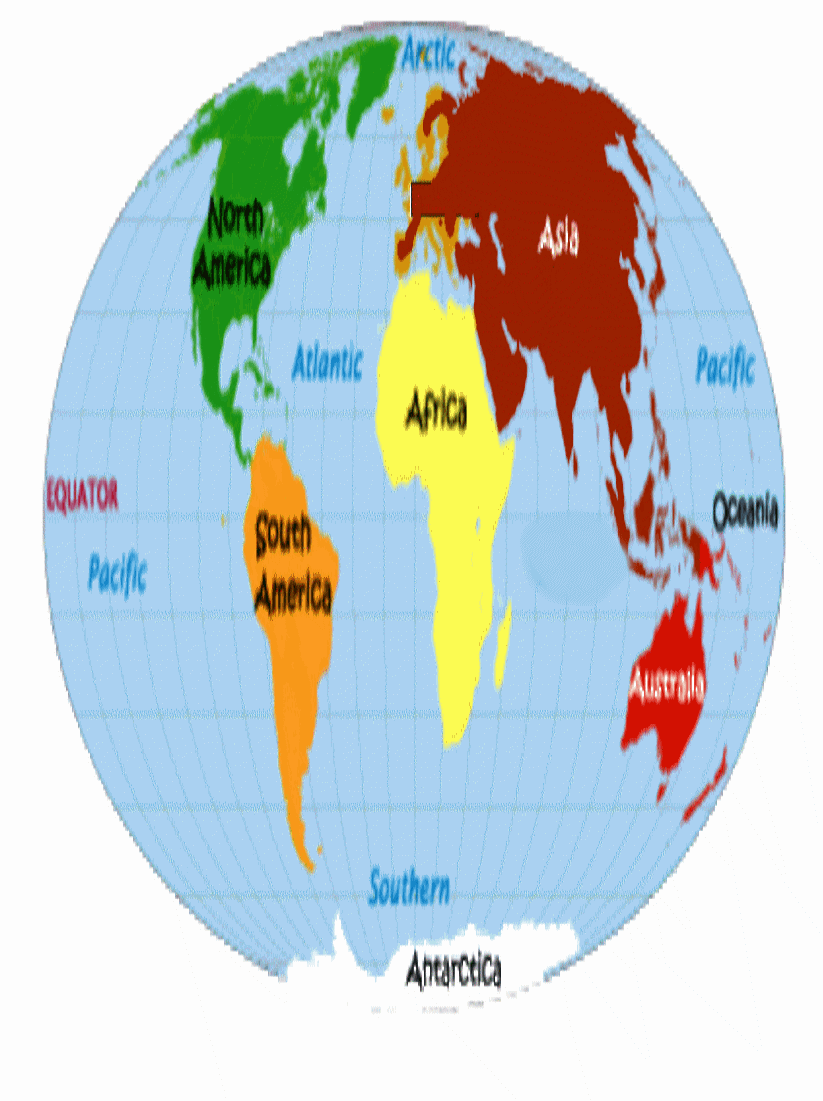
How is an aircraft built?
Global Military Aircraft G1
Table of contents
Aircraft specifications.
| Aircraft type/Role: | Military aircraft, long haul, heavy, with described armament. |
| Armament: |
Air-dropped bombs Air-launched missiles Air-launched rockets Air-launched torpedoes Guns Multi-role tanker transport Cargo transportation of heavy and oversized battle tanks, heavy equipment, combat helicopters. Free Fall Nuclear Bombs Military officers airdrop operations. Medical evacuation missions Ditching in ocean capabilities Radar with multidimensional detection and interception capabilities Self-defense interceptor armament, including missiles Capable of carrying 605 military officers. Air-to-air refueling The cargo hold had the capacity to fit up to 256,000lbs of freight. 350/605 troops, 10 LAV-type systems, 5 Humvee vehicles, 2 M1 Abrams main battle tanks or a single CH-47 Chinook. Or Two HH-60 Pavehawk Helicopters Armament Here are further guidelines. |
| Aircraft by Name/Version: | Global Military Aircraft G1 |
| Aircraft Engines: | 8 Engines
8 Turbofan
Thrust: 50,580 pounds (each engine) |
| Aircraft Materials, Processes, & Hardware: |
Aluminum Acrylic (Aircraft windows) Aircraft composites around the world. Graphite-epoxy Plastic Rubber (Rubber, Nylon Cord, Steel) Aircraft Tyre Technology Steel Titanium (Jet engines) |
| Aspect ratio: | 8.47 |
| Active Personnel (2015): | Professionals required for each aircraft. |
| Aircraft flight control system: | See the enclosure. |
| Cargo door width and height in inches: | 252.0 x 173.2 |
| Cargo Compartment: |
Height 13.5 ft / 4.11 m Width 19.0 ft / 5.79 m Length (including ramps) 144.6 ft / 44.07 m Length (excluding ramps) 121.1 ft / 36.91 m Total volume (including ramps) 34,795 cu ft / 985.3 cu m |
| Cruise speed: | Mach 0.74 (450 knots, 515 mph, 830 km/h) |
| Crew: | Seven (pilot, co-pilot, two flight engineers and three loadmasters) |
| Empty weight: | 175,000 kg (385,000 lb) 393,263 lbs (178,756 kg) |
| Flight deck: | See the enclosure. |
| Flight control surfaces: | See the enclosure. |
| Fuel capacity/Fuel Volume: | Fuel capacity: 51,150 US gal (193,600 L) |
| Flight range: | 150 tons of cargo= 3,200 km (1,728 nmi) |
| Height: | 20.78 m (68 ft 2 in) |
| Length: | 247.83 feet (75.54 meters) |
| Internal Dimensions: | Cabin Length 121' Cabin Width 19' |
| Leadership: | Doctor Asif Qureshi |
| Loaded weight: | 265,000 lb (120,000 kg) |
| Manufacturer(s): | Government of the World |
| Motto: | Above All |
| Payload: | 150,000 kg (330,000 lb) |
| Max Cruise Altitude: | 34,000 The service ceiling (max cruise altitude) of 34,000 feet is extremely low for this type of aircraft. |
| Maximum Cargo: | 270,000 pounds (122,472 kilograms) |
| Maximum landing weight: | 688,000 lb (312,000 kg) |
| Maximum loadable volume: | 38,841 cu.ft. |
| Maximum speed: | Maximum speed: 560 kn (650 mph, 1,047 km/h) |
| Maximum payload: | 275.6 tons |
| Maximum Range: | 10,000 miles (16,093 kilometers) |
| Max. takeoff weight: | 1,322,774 pounds (600,000 kilograms) |
| Number of Seats : | 73/605 passenger seats in rear upper deck; 8 passenger seats in forward upper deck |
| Overall Width/Span: | 185.10 feet (56.42 meters) |
| Range: | Max: 6,320 nm/7,273 miles (11,711 km); w/120,000 lbs cargo: 4,350 nm/5,006 miles (8,056 km); unlimited with in-flight refueling |
| Rate of Climb: | With the ability to climb 1,800 feet per minute, it can achieve max cruise altitude in as little as 19 minutes once airborne. |
| Sensors: | An automatic trouble-shooting system constantly monitors more than 800 test points in the various subsystems of the ______. The Malfunction Detection Analysis and Recording System uses a digital computer to identify malfunctions in replaceable units. Failure and trend information is recorded on magnetic tape for analysis by maintenance people. |
| Speed: | 570 (mph) |
| Thrust: | 50,580 pounds (each engine) |
| Thrust/weight: | 0.23 |
| Wing area: | 628 m² (6,760 sq ft) |
| Wingspan: | 73.3 m (240 ft 5 in) |
Armament
| Air-dropped bombs |
| Air-launched missiles |
| Air-launched rockets |
| Air-launched torpedoes |
| Cannon |
| Guns |
| Multi-role tanker transport |
| Cargo transportation of heavy and oversized battle tanks, heavy equipment, combat helicopters. |
| Free Fall Nuclear Bombs |
| Military officers airdrop operations. |
| Medical evacuation missions |
| Ditching in ocean capabilities |
| Radar with multidimensional detection and interception capabilities |
| Self-defense interceptor armament, including missiles |
| Capable of carrying 605 military officers. |
| Air-to-air refueling |
|
The cargo hold had the capacity to fit up to 256,000lbs of freight. 350/605 troops, 10 LAV-type systems, 5 Humvee vehicles, 2 M1 Abrams main battle tanks or a single CH-47 Chinook. Or Two HH-60 Pavehawk Helicopters While missiles are the primary armament since the early 1960s, various Wars showed that guns still had a role to play and most fighters built since then are fitted with cannon (typically between 20 and 30 mm in caliber) as an adjunct to missiles. The cargo compartment of the G1 will hold 100 model 113 (Beetle) Volkswagens, 106 Vegas, 90 Ramblers, 58 Cadillacs, or 6 standard Greyhound buses. More than 100 miles of wiring are required to functionally operate all G1 aircraft systems. Each G1 engine gulps approximately 42 tons of air per minute. The cargo compartment of the G1 is large enough to hold an eight-lane bowling alley. The total engine power of a G1 equals that produced by 800 average cars. Each G1 tire wears down approximately 0.002 inches per landing. Each G1 wheel brake wears down approximately 0.0005 inches per landing. The G1 contains over five miles of control cables. The G1 can carry 25,844,746 ping pong balls. The G1 can carry 328,301,674 aspirin tablets. The G1 can carry 3,222,857 tortillas. Each wing of the G1 weighs over 40,000, which is equivalent to the weight of a C-130, minus engines. Each G1 contains over four miles of tubing. The G1 can haul 3,934 bushels of wheat. The G1 cargo area is able to carry more automobiles than 13 transport trucks, or two "car-carrying" freight cars. Each G1 engine nacelle is 1 ½ times the length of a Cadillac, large enough to garage a Mustang. Fuel capacity of the G1, 49,000 gallons, would empty 6 ½ rail tank cars. Also, its fuel capacity is equal to the volume of an average five-room house. The G1 can carry 76,216 fifths of California juice, or 277,263 cans (12 oz.) of your favorite beverage. Tire on the G1, (24 on the MLG, 4 on the NLG), weigh 4214 pounds. They hold 181 pounds of air when inflated to the prescribed pressure. A full G1 load of first class mail, (at one ounce per letter/37 cents per letter) would require $1,391,200 in postage. The environmental control systems of the G1 has a total cooling capacity of 24 tons; enough to air condition eight average sized homes. Fuel weight of the G1 is about equal to the maximum gross weight of the C-141A model. If all the exposed surfaces of the G1, which is computed to be 33,526.6 square feet, were covered in ice of uniform 1/16" thickness, it would weigh 9,778.6 pounds. Theoretically, the G1 can hold 2,419,558 golf balls, provided they are not in containers or otherwise restrained. There are approximately 1,658,800 fasteners in the G1 aircraft. They are located as follows: wings-411,900; fuselage-1,182,000; empennage-64,900. An automatic trouble-shooting system that records and analyzes information and detects malfunctions in more than 800 test points. Able to take off fully loaded within 8,300 feet (2,530 meters) and land within 4,900 feet (1,493 meters). |
Aerodynamics
|
What is Aerodynamics? Aerodynamics is the way air moves around things. The rules of aerodynamics explain how an airplane is able to fly. Anything that moves through air reacts to aerodynamics. What Are the Four Forces of Flight? The four forces of flight are lift, weight, thrust and drag. These forces make an object move up and down, and faster or slower. How much of each force there is changes how the object moves through the air. What is Weight? Everything on Earth has weight. This force comes from gravity pulling down on objects. To fly, an aircraft needs something to push it in the opposite direction from gravity. The weight of an object controls how strong the push has to be. A kite needs a lot less upward push than a jumbo jet does. What is Lift? Lift is the push that lets something move up. It is the force that is the opposite of weight. Everything that flies must have lift. For an aircraft to move upward, it must have more lift than weight. A hot air balloon has lift because the hot air inside is lighter than the air around it. Hot air rises and carries the balloon with it. A helicopter's lift comes from the rotor blades at the top of the helicopter. Their motion through the air moves the helicopter upward. Lift for an airplane comes from its wings. How Do an Airplane's Wings Provide Lift? The shape of an airplane's wings is what makes it able to fly. Airplanes' wings are curved on top and flatter on the bottom. That shape makes air flow over the top faster than under the bottom. So, less air pressure is on top of the wing. This condition makes the wing, and the airplane it's attached to, move up. Using curves to change air pressure is a trick used on many aircraft. Helicopter rotor blades use this trick. Lift for kites also comes from a curved shape. Even sailboats use this concept. A boat's sail is like a wing. That's what makes the sailboat move. What is Drag? Drag is a force that tries to slow something down. It makes it hard for an object to move. It is harder to walk or run through water than through air. That is because water causes more drag than air. The shape of an object also changes the amount of drag. Most round surfaces have less drag than flat ones. Narrow surfaces usually have less drag than wide ones. The more air that hits a surface, the more drag it makes. What is Thrust? Thrust is the force that is the opposite of drag. Thrust is the push that moves something forward. For an aircraft to keep moving forward, it must have more thrust than drag. A small airplane might get its thrust from a propeller. A larger airplane might get its thrust from jet engines. A glider does not have thrust. It can only fly until the drag causes it to slow down and land. What is Supersonic Flight? Supersonic flight is one of the four speeds of flight. They are called the regimes of flight. The regimes of flight are subsonic, transonic, supersonic and hypersonic. Vehicles that fly at supersonic speeds are flying faster than the speed of sound. Why Does the Air Speed Up? When moving air encounters an obstacle—a person, a tree, a wing—its path narrows as it flows around the object. Even so, the amount of air moving past any point at any given moment within the airflow is the same. For this to happen, the air must either compress or speed up where its flow narrows. While air can be compressed more easily than water, freely flowing air acts much like water—at least at relatively low speeds. So when you "squeeze" a stream of air, two things happen. The air speeds up, and as it speeds up, its pressure—the force of the air pressing against the side of the object—goes down. When the air slows back down, its pressure goes back up. Why does the air speed up? Because of conservation of mass, which states that mass is neither created nor destroyed, no matter what physical changes may take place. This means that if the area in which the air is moving narrows or widens, then the air has to speed up or slow down to maintain a constant amount of air moving through the area. Why Does the Air Pressure Go Down? For a stream of air to speed up, some of the energy from the random motion of the air molecules must be converted into the energy of forward stream flow. The random motion of air molecules is what causes air pressure; so transferring energy from the random motion to the stream flow results in lower air pressure. What is the difference between static pressure, total (ram) pressure, and dynamic pressure? Pressure is the continuous physical force exerted on or against an object by something (a fluid such as air) in contact with it. Static pressure is the pressure you have if the fluid isn't moving or if you are moving with the fluid. Air would press against you equally in all directions. It decreases with an increase in speed because of conservation law. Total (or ram) pressure is the pressure a fluid exerts as it is brought to a stop. Total pressure is what acts on you as you face into the wind and the air collides with your body. Dynamic pressure is the pressure of a fluid that results from its motion. It is the difference between the total pressure and static pressure. Pilots rely on instruments that measure dynamic pressure to determine their airspeed. What is speed of sound? The speed of sound can change depending on the temperature of the air. At 15 ºC (59 ºF) sound travels at about 1,220 kilometers per hour (760 miles per hour). While at -56 ºC (-67 ºF) the speed of sound is much slower at about 1,056 km/h (660 mph). Does the air flowing over the airfoil have more or less pressure? And why? The air flowing above has less pressure, and thanks to this phenomenon, we have lift. The curved top of the airfoil will actually force the air to move between a smaller area. When a fluid moves through a smaller area, it speeds up, and fast air has low pressure. This is Bernoulli's principle. The air above the wing will have less pressure. The air underneath the wing has more space, so it moves more slowly and has higher pressure. The high pressure air pushes up the wing, and produces lift! Why does lift increase as speed increases? Fast air has low pressure. So when plane's speed increases, the speed of the air over the wing does too. This means that the pressure above the wing drops. Since the air below the wing is moving more slowly, the high pressure there will push up on the wing, and lift it into the air. Can a hypersonic plane reach Mach 15? Mach 15 is about 5104.35 meters per second. So far the only plane that could go that fast would be the (unmanned) _______, which has been able to go over Mach 10. The _______ was suppoed to be able to reach Mach 15, but was never realized. It had a rocket engine. Astronauts reach well over Mach 15 during re-entry: they can reach speeds as high as Mach 25. How does tilting a flap change the drag on a wing? Flaps exist on the trailing edge of an airplane wing, and are used to increase the airplane's lift. When extended, they change the shape of the wing, creating more area for lift to be produced. However, this has the downside of also creating more surface area for drag to occur. Friction drag will rub against the flap and slow the plane down, but only slightly: since there is a lot more lift being produced than drag, the plane will be fine. How does friction affect an airplane? An airplane is subject to a specific kind of friction, which we call friction drag. Friction drag is the resistance of the air along the surface of the plane. The air molecules rub along the plane and actually slow it down. To minimize the effects of drag, the airplane needs to be designed in such a way as to limit the surface and create a smooth trailing edge. We call these shapes streamlined or aerodynamic. Why didn't our spaceships slow down to land like the ones in movie? In movies, spaceships have found ways to counter the Earth's gravitational pull. Some imagine anti-grav devices, or others super powered thrusters that allow the ships to hover. Real spacecraft haven't gotten that far yet, so landing is basically just dropping it all the way from outer space. In reality, spaceships do slow down to land: if they didn't, they would be in huge craters now. When they fall from space, they reach astounding speeds, over 28,000 kmh (17,500 mph). They go so fast that the friction from the atmosphere burns away at their hull, so they need heat shields or special tiles. Some use very strong parachutes to help them reach speeds safe enough to land. |
Autopilot
|
What are other names for autopilot of an aircraft? Automatic flight control system Do all aircraft have an autopilot? No. What types of aircraft have autopilot? Modern recently built aircraft, particularly large military and large aircraft utilized for intercontinental and regional flights have an autopilot. Questions a pilot must ask. What kind of flight control system does the aircraft have? What are the details of the aircraft’s autopilot (automatic flight control system)? Does that aircraft have an autopilot (automatic flight control system)? Questions an aerospace engineer must know the answer to. What should an aerospace engineer know about an aircraft’s autopilot? What is the autopilot of an aircraft? What are the types of autopilot of an aircraft? What are the parts of an autopilot of an aircraft? What are the reasons for failure of an autopilot of an aircraft? What type of autopilot should there be for global military aircraft G1? How many aircraft around the world have an autopilot (automatic flight control system)? How does an autopilot (automatic flight control system) of an aircraft function? What are the components of normal aircraft flight? 1.Taxiing of aircraft. 2.Takeoff of aircraft. 3.Climb of aircraft. 4.Cruise of aircraft. 5.Descent of aircraft. 6.Approach of aircraft. 7.Landing of aircraft. Water landing 8.Ditching (water landing) of aircraft. What are the differences among pitch, roll, and yaw? Pitch of an aircraft is rotation around the side-to-side axis. Roll of an aircraft is rotation around the front-to-back axis. Yaw of an aircraft is Rotation around the vertical axis. Use elevators to control Pitch. Use ailerons to control Roll. Use rudder to control Yaw. Use elevator, ailerons, and rudder through autopilot to control all of them. What is the autopilot of an aircraft? An autopilot is a mechanical, electrical, or hydraulic system used to guide a vehicle without assistance from a human being. An autopilot can refer specifically to aircraft, self-steering gear for boats, or auto guidance of space craft and missiles. In the early days of aviation, aircraft required the continuous attention of a pilot in order to fly safely. As aircraft range increased allowing flights of many hours, the constant attention led to serious fatigue. An autopilot is designed to perform some of the tasks of the pilot. Not all of the passenger aircraft flying today have an autopilot system. Autopilots in modern complex aircraft are three-axis and generally divide a flight into taxi, takeoff, ascent, cruise (level flight), descent, approach, and landing phases. Autopilots exist that automate all of these flight phases except the taxiing. An autopilot-controlled landing on a runway and controlling the aircraft on rollout (i.e. keeping it on the centre of the runway) is known as a CAT IIIb landing or Autoland, available on many major airports' runways today, especially at airports subject to adverse weather phenomena such as fog. Landing, rollout, and taxi control to the aircraft parking position is known as CAT IIIc. This is not used to date, but may be used in the future. An autopilot is often an integral component of a Flight Management System. Modern autopilots use computer software to control the aircraft. The software reads the aircraft's current position, and then controls a Flight Control System to guide the aircraft. In such a system, besides classic flight controls, many autopilots incorporate thrust control capabilities that can control throttles to optimize the airspeed, and move fuel to different tanks to balance the aircraft in an optimal attitude in the air. Although autopilots handle new or dangerous situations inflexibly, they generally fly an aircraft with a lower fuel-consumption than a human pilot. The hardware of an autopilot varies from implementation to implementation, but is generally designed with redundancy and reliability as foremost considerations. For example, the Rockwell Collins AFDS-770 Autopilot Flight Director System[6] used on the Boeing 777, uses triplicated FCP-2002 microprocessors which have been formally verified and are fabricated in a radiation resistant process. Software and hardware in an autopilot is tightly controlled, and extensive test procedures are put in place. Some autopilots also use design diversity. In this safety feature, critical software processes will not only run on separate computers and possibly even using different architectures, but each computer will run software created by different engineering teams, often being programmed in different programming languages. It is generally considered unlikely that different engineering teams will make the same mistakes. As the software becomes more expensive and complex, design diversity is becoming less common because fewer engineering companies can afford it. The flight control computers on the Space Shuttle used this design: there were five computers, four of which redundantly ran identical software, and a fifth backup running software that was developed independently. The software on the fifth system provided only the basic functions needed to fly the Shuttle, further reducing any possible commonality with the software running on the four primary systems. |
Comparison with other aircraft
|
What is the name of the aircraft? Global Military Aircraft G1 What other aircraft should you compare this aircraft with?
|
Aircraft type
|
Is it military or nonmilitary aircraft? If it is nonmilitary, what is the purpose of the aircraft? Is it short haul, medium, or long haul aircraft? Is it light, medium, or heavy aircraft? If it is military aircraft, what armaments does the aircraft have? One statement must look like this relevant to aircraft type. Military aircraft, long haul, heavy, with described armament. Or Nonmilitary aircraft, long haul, heavy passenger aircraft Nonmilitary aircraft, long haul, heavy cargo aircraft How is duration of flight categorized? Short-haul flight: <3 hours Medium-haul flight: 3 to 6 hours Long-haul flight: >6 hours What are the categories of aircrafts as per certified maximum takeoff weight (MTOW)? VL: Very light aircraft MTOW less than 10,000 pounds (4,540 kg). L: Light aircraft – 7,000 kg M: Medium aircraft – 7,000–136,000 kg H: Heavy aircraft – >136,000 kg Each aircraft type can be very light, light, medium, or heavy. |
Armament of aircraft
|
What is the difference between military aircraft and nonmilitary aircraft? Military aircraft have inbuilt weapons like bombs, guns, and missiles. Military aircraft can have capabilities of loading tanks, armored vehicles, military cargo. How does military cargo aircraft differ from nonmilitary cargo aircraft? These examples will make you understand. Antonov An-124 Ruslan An-22 Antonov An-12 A400M Atlas Alenia C-27J Spartan C-5 Galaxy C-17 Globemaster III C-130J Super Hercules Il-76 Kawasaki C-1. These are all military cargo aircraft. Nonmilitary cargo aircraft do not have capabilities that military cargo aircraft have. What best describes armament of aircraft? Does aircraft have any armament? What best describes military capabilities of aircraft, including armament? Air-to-air refueling Bombs Cannon Cargo transportation of heavy and oversized battle tanks, heavy equipment, combat helicopters. Ditching in ocean capabilities Missiles Multi-role tanker transport Military officers air drop operation capabilities Medical evacuation missions Radar with multidimensional detection and interception capabilities Self-defense interceptor armament, including missiles |
Aviation law
|
What is aviation law? Aviation law is the branch of law that concerns flight. Some of its area of concern overlaps that of admiralty law. Aviation law is considered a matter of international law. Here are some universal facts about aircraft. An aircraft does not belong to one person. Aircraft/aircrafts are state aircrafts. Aircrafts have to be utilized for the best interest of people of the state. Any harms due to aircraft have to be punished. Here are further guidelines. |
Aircraft Engines
|
What is a heat engine? What is a jet engine? How does a jet engine work? How Does A Turbofan Engine Work? What are the types of aircraft engines? How do you manufacture a large aircraft engine? | ||||||||||||||||||||||||||||||||
|
What is a heat engine? An engine is a machine that turns the energy locked in fuel into force and motion. There are two main types of heat engines: external combustion and internal combustion: External combustion engines Beam engines Steam engines Stirling engines Internal combustion engines Gasoline (petrol) engines Diesel engines Rotary engines What is a jet engine? A jet engine is a machine for turning fuel into thrust (forward motion). All jet engines work on the same principle, production of thrust to propel the aircraft forward. All jet engines have an air intake through which air enters. This air is burnt in the combustion chamber with fuel and the hot exhaust gas comes out of a nozzle, forming jet thrust. The actual working of these engines involves additional components and stages which will be explained below. How does a jet engine work? Jet engines create forward thrust by taking in a large amount of air and discharging it as a high-speed jet of gas. The way they’re designed allows aircraft to fly faster and further compared to propeller-driven aircraft. Types of jet engines Turbofan Turbojet Turboprop Turboshaft Engine Ramjets Scramjets Military aircraft jet-engines in more detail There are many different types of jet engines, all of which get propulsion from a high speed exhaust jet. Some of the most important types are listed below.
v Turbofan Turbofan engines are much quieter than turbojets and are typically used in large airliners. A turbofan engine has a large fan that sucks in air at the front. Some of the air is blown into the compressor; the rest is blown around the outside of the combustion chamber and straight out of the back. This "bypass" arrangement cools the engine and makes it much quieter. It also produces much more thrust at both takeoff and landing. USES: Almost all modern fighter aircraft use high power turbofans with afterburners. Cruise missiles and UAVs also use turbofans. Most of the airliners have switched over to turbofan powered aircraft. How Does A Turbofan Engine Work?  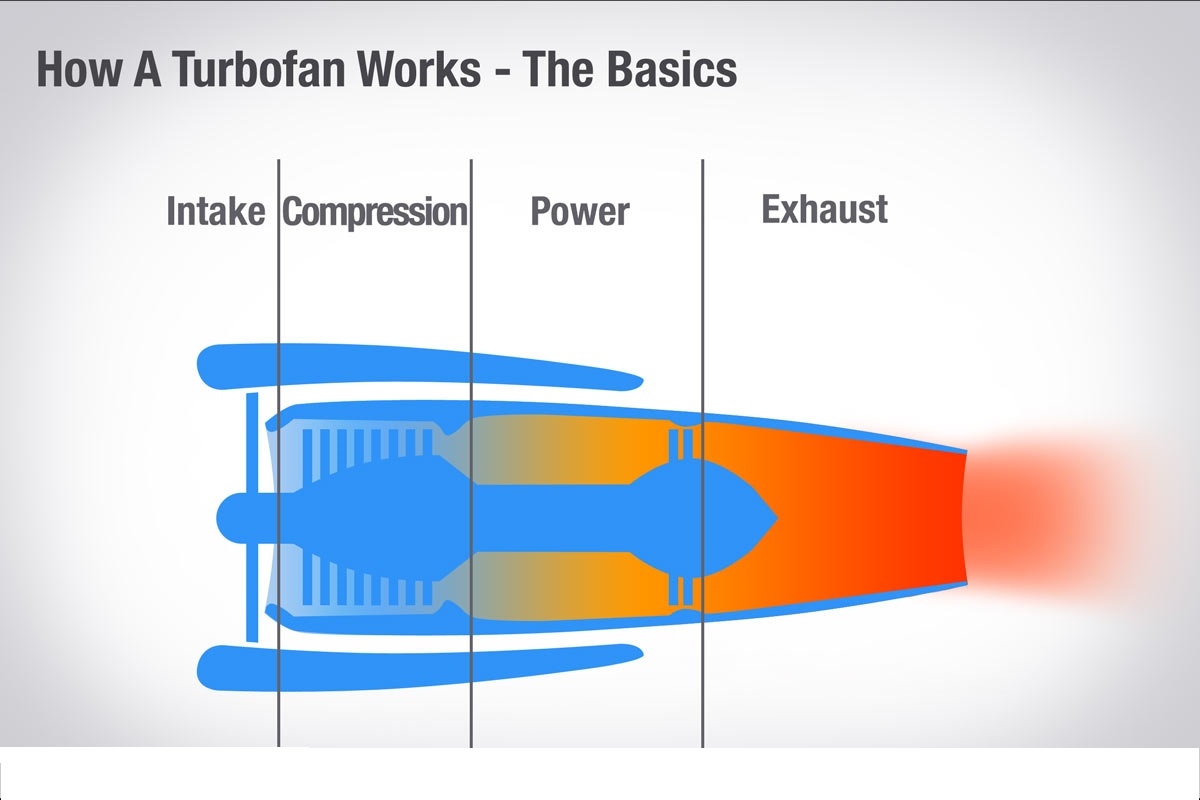 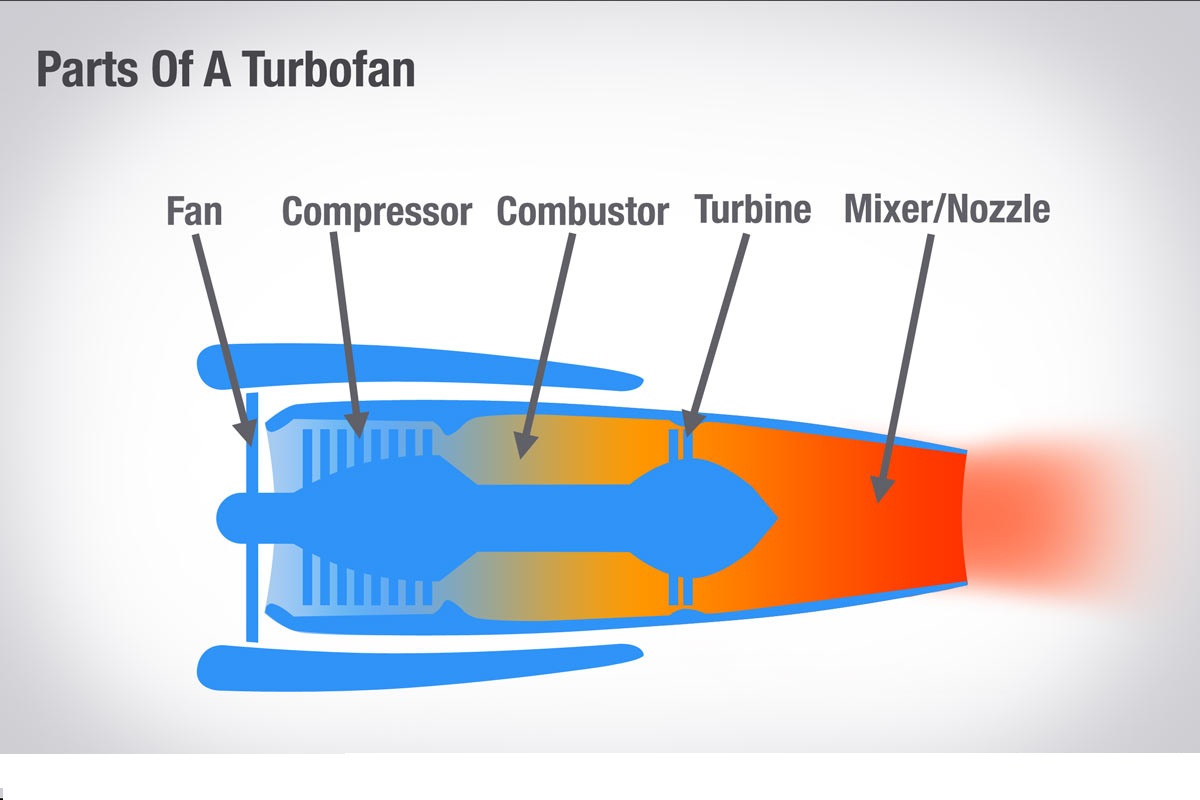   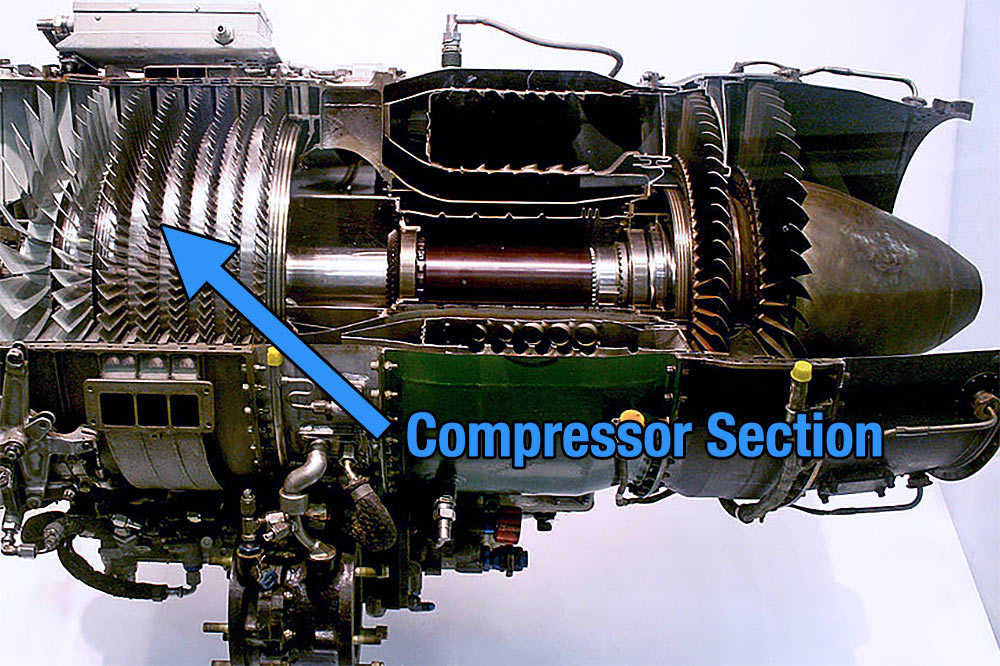 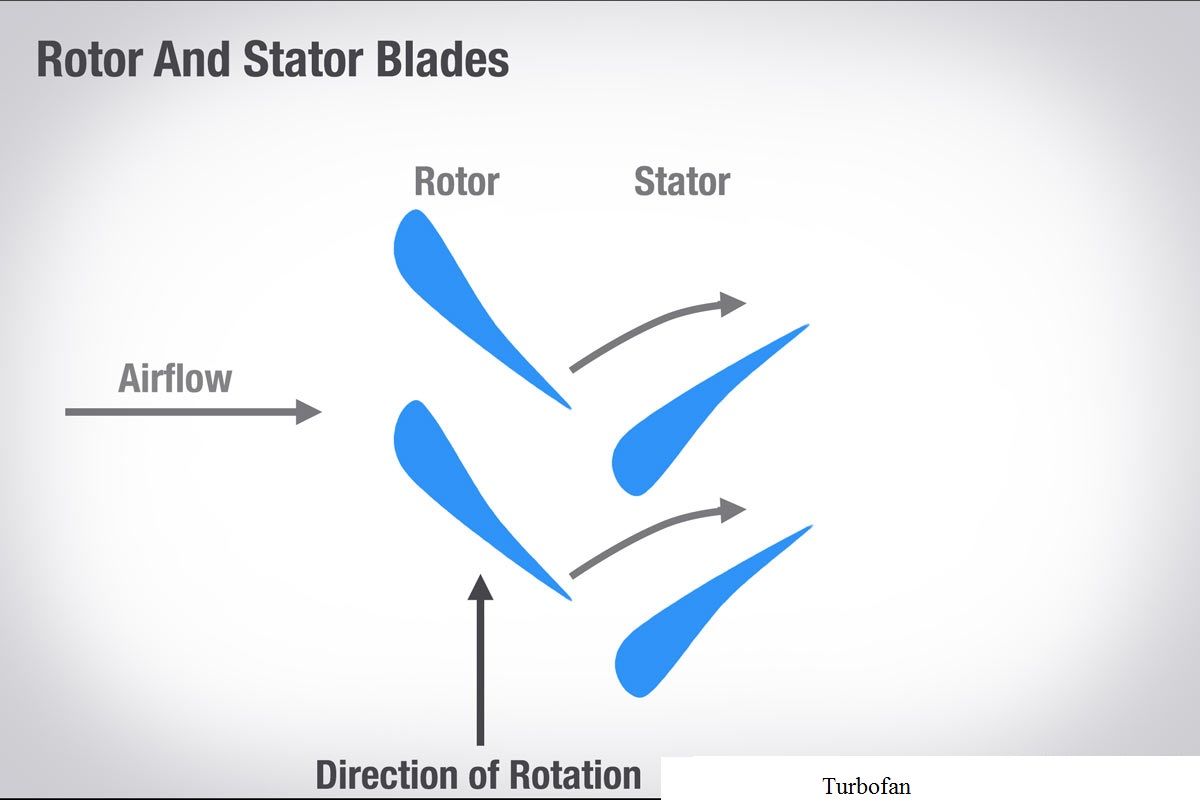 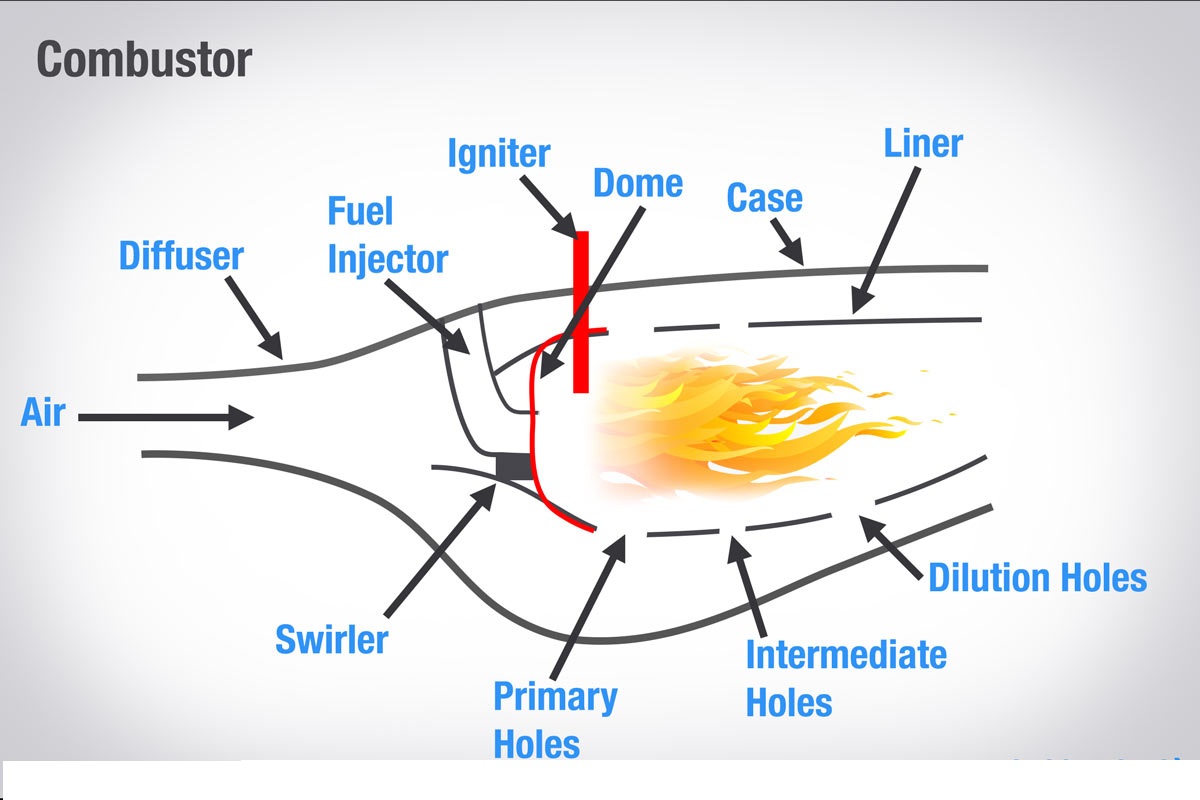 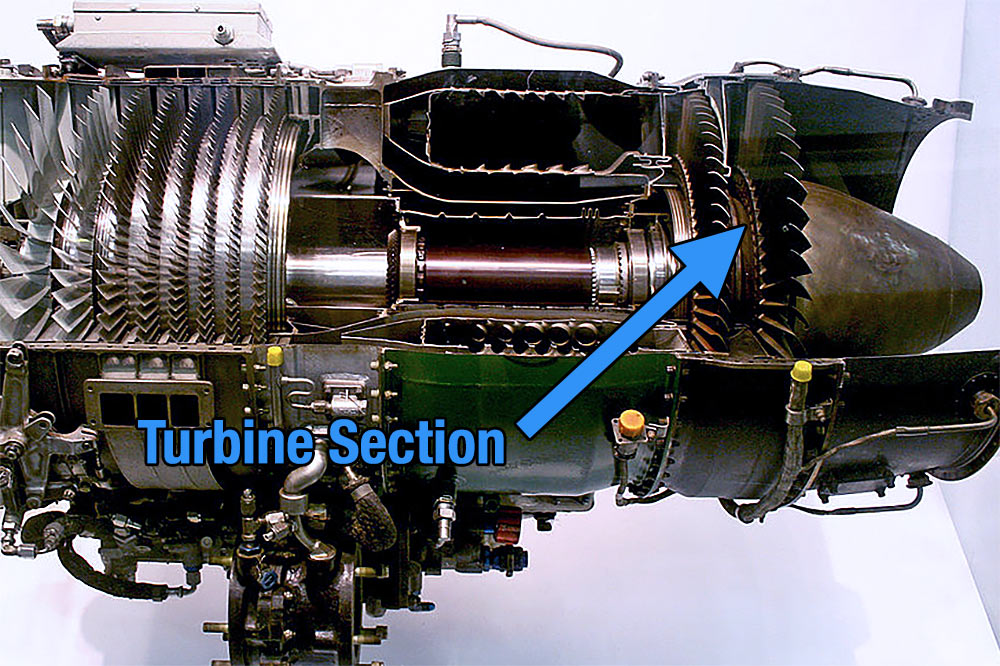 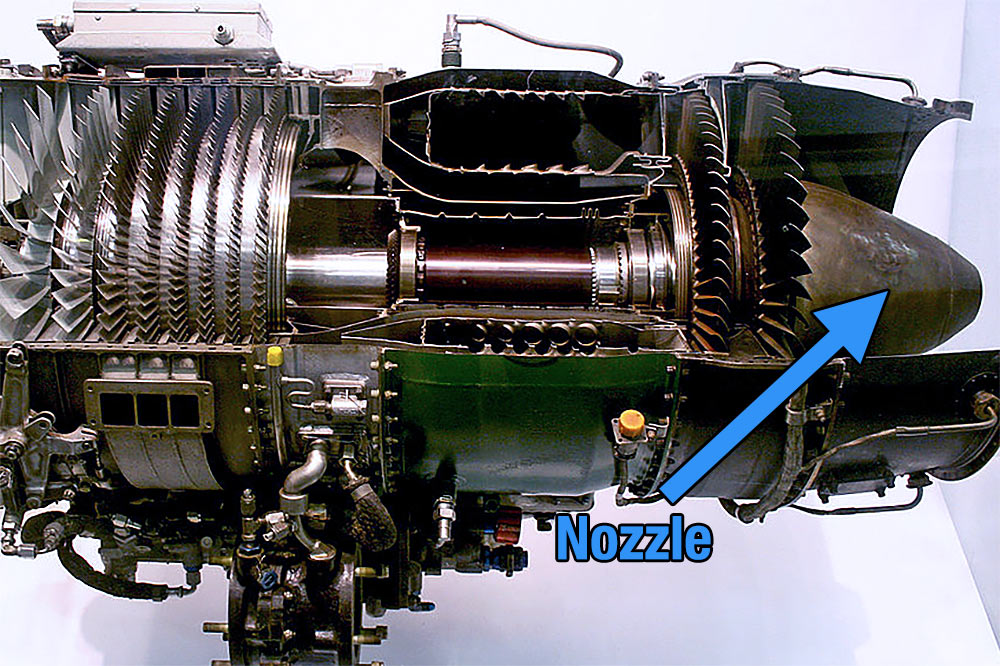 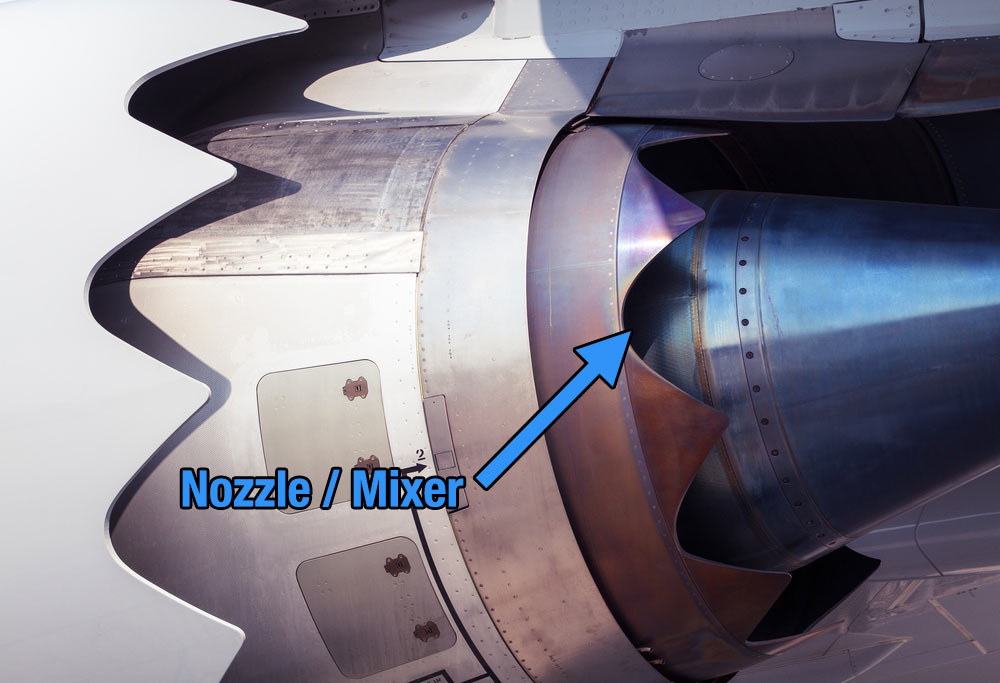 Jet engines, which are also called gas turbines, work by sucking air into the front of the engine using a fan. From there, the engine compresses the air, mixes fuel with it, ignites the fuel/air mixture, and shoots it out the back of the engine, creating thrust. That's a pretty basic explanation of how it works, so let's take a look at each section of a jet engine to see what's really going on. Parts Of A Jet Engine There are 4 main types of turbine engines, but for this example, we'll use the turbofan, which is the the most common type of turbine engine found on airline jets today. The Fan The first part of the turbofan is the fan. It's also the part that you can see when you're looking at the front of an airliner. The fan, which almost always is made of titanium blades, sucks in tremendous quantities of air into the engine. The air moves through two parts of the engine. Some of the air is directed into the engine's core, where the combustion will occur. The rest of the air, called 'bypass air', is moved around the outside of the engine core through a duct. This bypass air creates additional thrust, cools the engine, and makes the engine quieter by blanketing the exhaust air that's exiting the engine. And in today's modern turbofans, bypass air produces the majority of an engine's thrust. The Compressor The compressor is located in the first part of the engine core. And it, as you probably have guessed, compresses the air. The compressor, which is called an 'axial flow compressor', uses a series of airfoil shaped spinning blades to speed up and compress the air. It's called axial flow, because the air passes through the engine in a direction parallel to the shaft of the engine (as opposed to centrifugal flow). As the air moves through the compressor, each set of blades is slightly smaller, adding more energy and compression to the air. In between each set of compressor blades are non-moving airfoil shaped blades called 'stators'. These stators (which are also called vanes), increase the pressure of the air by converting the rotational energy into static pressure. The stators also prepare the air for entering the next set of rotating blades - in other words, they 'straighten' the flow of air. When combined, a pair of rotating and stationary blades is called a stage. The Combustor The combustor is where the fire happens. As air exits the compressor and enters the combustor, it is mixed with fuel, and ignited. It sounds simple, but it's actually a very complex process. That's because the combustor needs to maintain a stable combustion of fuel/air mixture, while the air is moving through the combustor at an extremely fast rate. The case contains all the parts of the combustor, and inside it, the diffuser is the first part that does work. The diffuser slows down the air from the compressor, making it easier to ignite. The dome and swirler add turbulence to the air so it can more easily mix with fuel. And the fuel injector, as you probably guessed, sprays fuel into the air, creating a fuel/air mixture that can be ignited. From there, the liner is where the actual combustion happens. The liner has several inlets, allowing air to enter at multiple points in the combustion zone. The last main part is the igniter, which is very similar to the spark plugs in your car or piston-engine airplane. Once the igniter lights the fire, it is self-sustaining, and the igniter is turned off (although it's often used as a back-up in bad weather and icing conditions). The Turbine Once the air makes its way through the combustor, it flows through the turbine. The turbine is a series of airfoil shaped blades that are very similar to the blades in the compressor. As the hot, high-speed air flows over the turbine blades, they extract energy from the air, spinning the turbine around in a circle, and turning the engine shaft that it's connected to. This is the same shaft that the fan and compressor are connected to, so by spinning the turbine, the fan and compressor on the front of the engine continue sucking in more air that will soon be mixed with fuel and burned. The Nozzle The last step of the process happens in the nozzle. The nozzle is essentially the exhaust duct of the engine, and it's where the high speed air shoots out the back. This is also the part where Sir Isaac Newton's third law comes into play: for every action, there is an equal and opposite reaction. Put simply, by forcing air out the back of the engine at high speed, the airplane is pushed forward. In some engines, there's a mixer in the exhaust nozzle as well. This simply mixes some of the bypass air flowing around the engine with the hot, combusted air, making the engine quieter. Putting It All Together Jet engines produce incredible amounts of thrust by drawing in air, compressing it, igniting it, and exhausting it out the back. And they do it all in a very fuel efficient manor. So the next time you climb aboard an airliner, whether you're the pilot up front or riding in the back, take a second to thank the engineers who made it possible for your 700,000 pounds of aluminum to blast across the sky at 80% the speed of sound. Doctor Asif Qureshi Here are further guidelines. |
Aircraft Parts & Components
|
What is a subassembly? A structural assembly, as of electronic or machine parts, forming part of a larger assembly. What are the six major subassemblies that make up an aircraft? 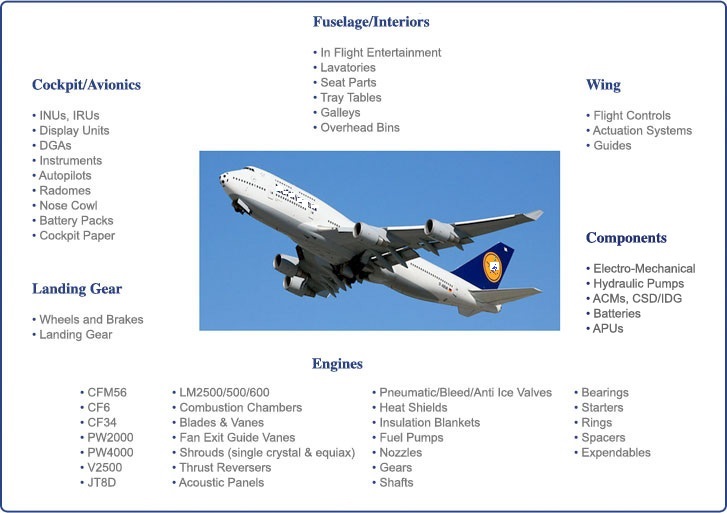 Here are further guidelines. |
Aircraft Parts & Function
| Engine | The Engine
Birds flap their wings to create lift, but since airplane wings are fixed in place, the lift comes from the engine, usually found in the front of the plane or on the wings. Single engine craft like the Cessna 172 Skyhawk have one engine in front of the cockpit. The pilot can usually see the tip of the propeller blade, the spinning propeller that makes the plane move forward, through the windshield. At a certain point the plane is moving fast enough that the wings attain lift, and the plane leaves the ground. Twin engine planes have one engine on each wing, while passenger jets, depending on their size, could have one or two engines on each wing. In the case of the Lockheed L-1011, now retired, the plane had one engine on the tail and one on each wing. Jet engines, which have no propellers, use the oxygen in the air combined with a fuel source to create lift. The oxygen is sucked into the front of the engine and pushed out the rear, propelling the plane forward. Here are further guidelines. |
| Fuselage -- The Cockpit |
Controls Information devices Navigation devices FMS Communication devices The fuselage is the long tube-shaped structure that holds the pilot, crew, passengers and cargo. The cockpit, in the front, is where the pilot sits and controls the plane. A mass of dials and switches keeps track of all the plane's systems; among them are altitude, how high you are flying; your compass reading, where exactly you are in the sky; and a gauge that measures fuel consumption. The yoke, sort of an odd-looking steering wheel, along with the rudder pedals on the floor of the plane, are the main controls. The yoke steers the plane up or down and keeps the plane flying level, also known as attitude. On small planes, the yoke is manually controlled by the pilot; it feels like manipulating a car steering wheel, but without the power steering. The rudders help with turning the plane. Larger planes use hydraulics to help the pilot control the craft. Here are further guidelines. |
| Fuselage |
Fuselage -- Cabin The section in back of the cockpit is the cabin; on small planes, like the Cessna 172 Skyhawk (cessna.com) or the Piper Cub (piper.com), the cabin and cockpit are all in one unit. On larger planes, including commercial jets, these two sections of the plane are separated. Commercial jets usually have cabins with first-class and coach sections; first class has wider seats and more services than coach. Business class, a sort of hybrid between the two classes, is between the two on some flights. In the Boeing 747 (boeing.com), the cabin has two floors; the first class section is upstairs. The cabin also houses the restrooms, galleys, or kitchens, and seating for the flight attendants. Each passenger seat offers emergency oxygen masks and call buttons for the attendants. Here are further guidelines. Tail Section Tail Section Empennage The empennage (also called tail) is the rear part of the aircraft. Usually it includes the stabilizers, rudder and elevator as many other components The tail section of a plane not only provides balance, it helps to steer the plane. Tails have two small horizontal pieces that look like mini-wings and a vertical fin. On the horizontal pieces are the elevators, small flaps controlled by the yoke in the cockpit. If the elevator points up, the nose of the plane goes up; if they point down, the plane also noses downward. An elevator pointing straight back keeps the plane in level flight. The outer edge of the vertical fin holds the rudder, and if the pilot pushes the left rudder pedal, the rudder moves left, while the plane turns right. Pressing the right rudder pedal has the opposite effect. Here are further guidelines. |
| Wings |
Control surfaces
Vertical stabilizer and rudder Horizontal stabilizer and elevator Aileron Trim tab Lift control devices Flap Slat Spoiler Wings are the key to flight. Take away the engine, and you have a glider, which, once towed into the sky by another plane, catches the air currents and stays aloft quite nicely. Wings are designed with a thicker rounded edge along the front that tapers to a point across the back. Looking at the wing from the side, the bottom is fairly flat, while the top is curved. The air flowing over the top of the wing creates an area of low pressure, which pulls the plane into the air, creating lift. Flaps, found on the back of the wings, are controlled by the pilot to either increase the lift or to slow the plane down. Early airplane wings were made of light wood and fabric, while today’s plane wings are usually made of metal. Sometimes, wings also hold the plane’s fuel tanks. Here are further guidelines. |
| Undercarriage -- Landing Gear |
Landing gear Nose gear Main gear A plane's landing gear must be strong enough to absorb the stresses of take-offs and landings. Small planes usually have one of two types of landing gear. Conventional landing gear, in which two wheels are toward the front of the aircraft and a tiny third wheel is under the base of the tail, is the most basic. A tricycle landing gear system, which has two main wheels and another wheel under the nose of the plane, makes the plane easier to control. Large aircraft use tandem landing gear, pairs of landing wheels that sit under the plane’s fuselage. As an example, a Boeing 747 has 16 main landing wheels and two additional nose wheels. In the larger planes, as well as on some small craft, the landing gear is retracted into the fuselage during flight, which makes the plane more aerodynamic. Here are further guidelines. |
| Systems | Hydraulic Electric Pneumatic (Bleed) APU Here are further guidelines. |
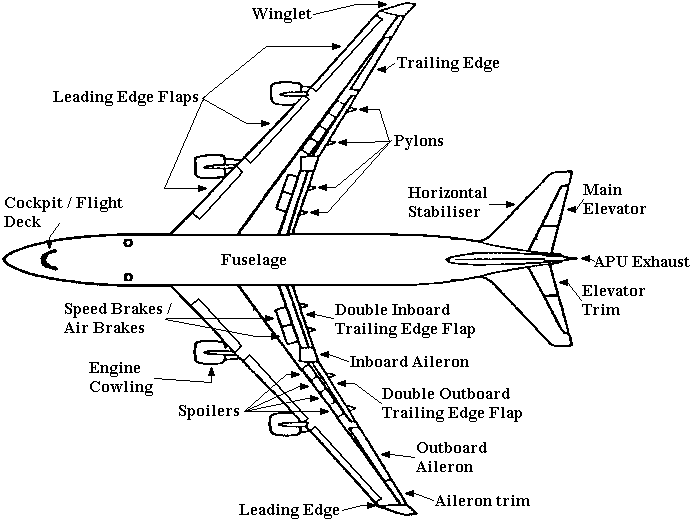

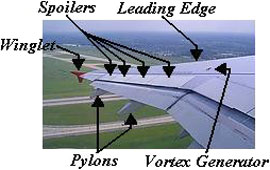
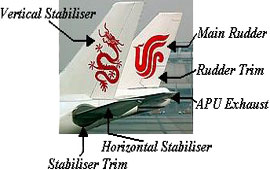
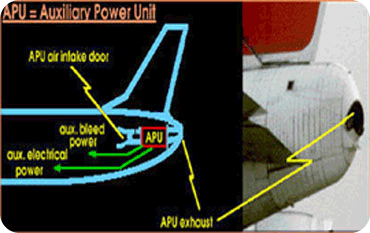
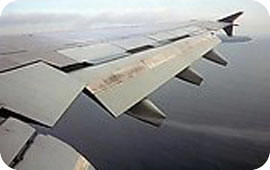

|
Aircraft Materials, Processes, & Hardware
Aircraft manufacturing materials around the world.
| What are examples of aircraft manufacturing materials around the world? |
| Aluminum |
| Acrylic (Aircraft windows) |
| Aircraft composites around the world. |
| Graphite-epoxy |
| Plastic |
|
Rubber (Rubber, Nylon Cord, Steel) Aircraft Tyre Technology |
| Steel |
| Titanium (Jet engines) |
Aspect ratio
|
What is aspect ratio of an aircraft? In aerodynamics, the aspect ratio of a wing is the ratio of its length to its breadth (chord). A high aspect ratio indicates long, narrow wings, whereas a low aspect ratio indicates short, stubby wings What should you focus on range of aspect ratio? Focus on aspect ratio range of 1.0–12. How do you calculate aspect ratio? Wingspan: 30 feet Mean cord: 4.8 feet Aspect ratio (AR) 6.25 or 30/4.8 You can also calculate takeoff distance For most wings the length of the chord is not a constant but varies along the wing, so the aspect ratio AR is defined as the square of the wingspan b divided by the area S of the wing planform, which is equal to the length-to-breadth ratio for a constant chord wing. In symbols, AR =b2/s As the aspect ratio increases, does takeoff distance increase or decrease? Does shorter takeoff time indicates more or less lift? What are the advantages of a higher aspect ratio? How can we increase the aspect ratio without changing the wing span? What are advantages and disadvantages of increasing aspect ratio of aircraft? Here are further guidelines. |
Cockpit of aircraft or flight deck.
|
What are other names for the cockpit of aircraft? What is the cockpit of an Aircraft? How does an aircraft flight deck look? Why is there a need to give reference of other aircraft flight decks? |
|
What are other names for the cockpit of aircraft? Flight deck What is the cockpit of an Aircraft? An aircraft cockpit or flight deck is the area, usually near the front of an aircraft, from which a pilot controls the aircraft. Most modern aircraft cockpits are enclosed. From now onwards, cockpit will be referred as flight deck. How does an aircraft flight deck look? This depends on the type of aircraft. All flight decks do not look the same. Here are some examples of flight decks.   Why is there a need to give reference of other aircraft flight decks? If you compare various flight decks, then you will come up with a better aircraft flight deck. In the pilot‘s seat in an aircraft flight deck, you should feel at home. It’s as if you are in a flight deck pilot seat or a home bed. Computer with Internet should be connected in flight deck. This is in addition to other equipment in an aircraft flight deck. Aircraft flight control system Here are further guidelines. Here are further guidelines. |
Flight Dynamics
Roll, Pitch, and Yaw
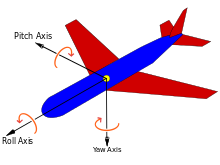 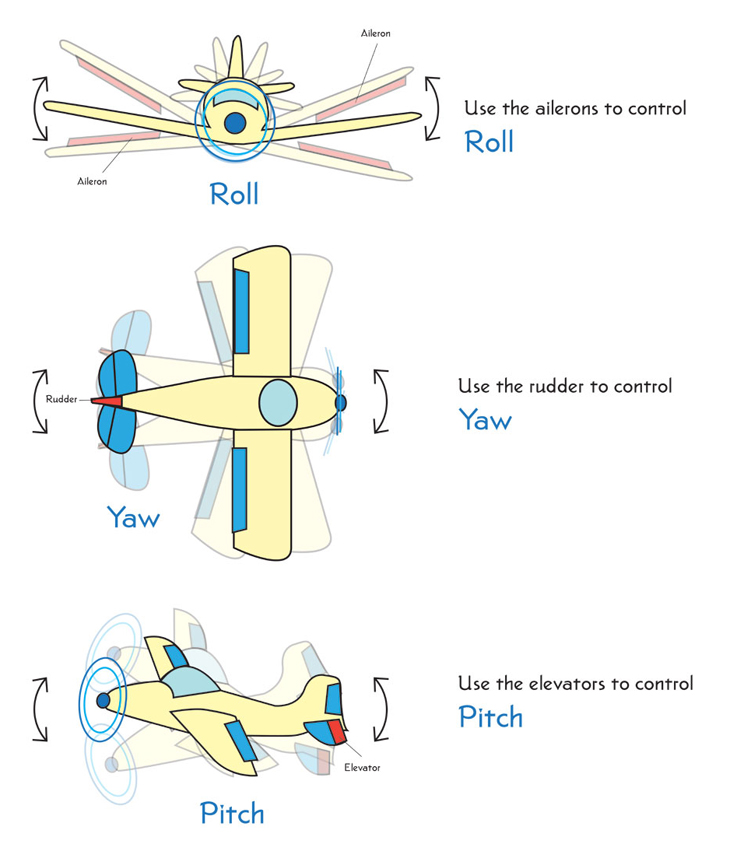
Airplanes are controlled along three axes: the longitudinal axis (front to back), the lateral axis (wingtip to wingtip), and the vertical axis (top to bottom). What are Roll, Pitch, and Yaw? Imagine three lines running through an airplane and intersecting at right angles at the airplane’s center of gravity. Rotation around the front-to-back axis is called roll. Rotation around the side-to-side axis is called pitch. Rotation around the vertical axis is called yaw. The Ailerons Control Roll The Elevator Controls Pitch The Rudder Controls Yaw 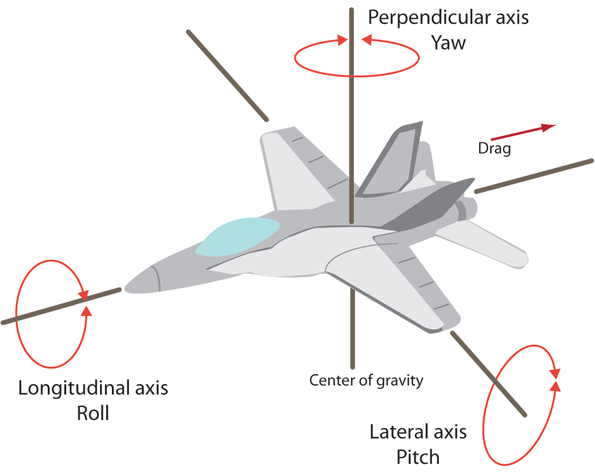 Vehicles that are free to operate in three dimensions, such as aircraft and submarines, can change their attitude and rotation about the three orthogonal axes centered on the vehicle’s center of gravity — the longitudinal, vertical, and horizontal axes. Motion about the longitudinal axis is termed roll and in aircraft determines how much the wings are banked. Motion about the perpendicular axes is called yaw and for aircraft it determines which way the nose is pointed. (Note: Aircraft do not necessarily fly in the same direction as the nose is pointed if there are significant winds.) Motion about the lateral axis is called pitch and it’s a measure of how far an airplane’s nose is tilted up or down. Cars also experience pitch, roll, and yaw, but the amounts are relatively small and are usually the result of the suspension reacting to turns, accelerations, and road conditions. How is Controlling an Airplane Different than Controlling a Car or Boat? Stability and control are much more complex for an airplane, which can move freely in three dimensions, than for cars or boats, which only move in two. A change in any one of the three types of motion affects the other two. What keeps an airplane from rolling over? To help make turning easier, an airplane is usually less stable along its roll axis than along its pitch and yaw axes. Several factors help the pilot keep the wings level: the inclined mounting of the wings, the position of the wings above or below the fuselage, the swept-back shape of the wings, and the vertical stabilizer. ... What are flaps used for? Flaps are located on the trailing edge of each wing, usually between the fuselage and the ailerons, and extend downward (and often outward) from the wing when put into use. The purpose of the flaps is to generate more lift at slower airspeed, which enables the airplane to fly at a greatly reduced speed with a lower risk of stalling. This is especially useful during takeoff and landing. When extended further, flaps also generate more drag which slows the airplane down much faster than just reducing throttle. 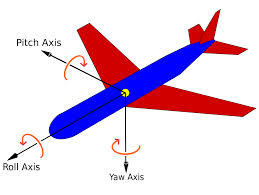 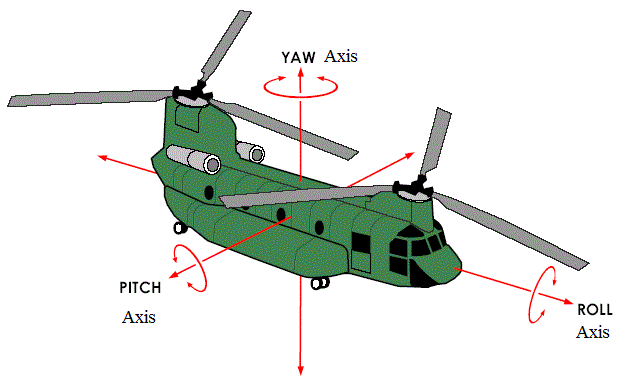 Controlling Roll Controlling Pitch Controlling Yaw Ailerons control roll. On the outer rear edge of each wing, the two ailerons move in opposite directions, up and down, decreasing lift on one wing while increasing it on the other. This causes the airplane to roll to the left or right. To turn the airplane, the pilot uses the ailerons to tilt the wings in the desired direction. The elevator controls pitch. On the horizontal tail surface, the elevator tilts up or down, decreasing or increasing lift on the tail. This tilts the nose of the airplane up and down. The rudder controls yaw. On the vertical tail fin, the rudder swivels from side to side, pushing the tail in a left or right direction. A pilot usually uses the rudder along with the ailerons to turn the airplane. Which of the following control surfaces does a pilot use to change altitude (move the nose up or down)? A) Ailerons B) Elevator C) Rudder D) None of the Above Correct Elevator: The elevator is the small moving section on the trailing edge of the horizontal tail surface that controls pitch. Moving the elevator up decreases the amount of lift generated by the horizontal tail surface and pitches the nose up, causing the airplane to climb. Moving the elevator down increases the amount of lift generated by the horizontal tail surface and pitches the nose down, causing the airplane to dive. Control Surfaces Here are further guidelines. |
Range: with maximum fuel, with maximum payload
|
How is duration of flight categorized? Short-haul flight: <3 hours Medium-haul flight: 3 to 6 hours Long-haul flight: >6 hours |
Xian Y-20
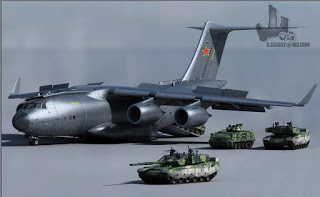 An advanced 4-engine large transport has been under development since early 2000s at 603 Institute, XAC, CAC and SAC which is smaller than American C-17 and based upon some IL-76MD technology (see below). The development was accelerated after the large earthquake in 2008 in Sichuan Province. Assistance was sought from Antonov Design Bureau in 2008. Its max payload was expected to be 50~66t and max TO weight 180~200t, depending on the exact type of engine powering the aircraft. Fitted with high-lifting devices along the wing leading and trailing edges plus six pairs of main landing wheels, Y-20 is capable of taking off from relatively short and unpaved runways, making many unpaved airfields behind the battlefield accessible. Like C-17, it may also feature supercritical wings which give the aircraft a better fuel economy thus further extends its range. Currently it is unclear whether the aircraft will have an IFR probe installed or not. Other features include a four-crew glass cockpit with HUD and air data sensors mounted on top of and beneath the head section. Overall Y-20 appears fatter and shorter than Il-76MD, bearing some resemblance to Japanese C-2 and Ukrainian An-70 transport. This suggests that its cargo bay dimension is a wider and taller, making it more versatile by being able to to carry a variety of oversize load, including a ZTZ99 MBT. The prototypes and the initial batch are powered by Russian D-30KP-2/WS-18 turbofan, later by the modified WS-10 (WS-20 Huanghe?) high-bypass turbofan (as Y-20A?). The head section of a full-scale metal mock-up was constructed by 2008 and the first flight is projected in 2012. On August 20, 2009 SAC started to build the rear fuselage of the first prototype. It was reported (April 2010) that the full-scale mock-up was completed in early 2010. Y-20 is also expected to be converted to a tanker replacing the obsolete H-6U (see below). It may also serve as the carrier of the next generation AWACS replacing KJ-2000. In January 2012 it was rumored that the airframe of the first prototype has been constructed, to be fitted with the avionics and engines. So far a total of two prototypes (001 & 002) have been constructed. The first low speed taxiing took place on December 21, 2012 at the CFTE airfield in Yanliang. The first flight of prototype 20001 took place on January 26, 2013. Currently the 001 prototype has been wearing a new dark blue color scheme. The latest rumor (May 2013) suggested that the second prototype (20002) just rolled out of the assembly line. http://www.qureshiuniversity.org/aircraftspecifications.html |
Aircraft flight control system
|
Flight deck
Compartment that contains navigation equipment and controls and from which the crew pilots the aircraft. A conventional fixed-wing aircraft flight control system consists of flight control surfaces, the respective cockpit controls, connecting linkages, and the necessary operating mechanisms to control an aircraft's direction in flight. Aircraft engine controls are also considered as flight controls as they change speed.  
What is Avionics? Avionics is a term used to describe all of the electronic systems used on aircraft, artificial satellites and spacecraft. Avionic systems include communications, navigation, the display and management of multiple systems and the hundreds of systems that are fitted to aircraft to meet individual roles. These can be as simple as a searchlight for a police helicopter or as complicated as the tactical system for an airborne early warning platform. Aircraft Control System Flaps and Slats
Contributors for intellectual property, materials, human resources, and locations for these aircraft. Uses of each of these aircraft.
Professionals required for each aircraft.
Aircraft fabricator job description
Aircraft Structural Maintenance Specialist
Maximum takeoff weight
Answers to questions relevant to aircraft manufacture.
Aircraft manufacture
Flight control surfaces
Last Updated: July 27, 2015 |

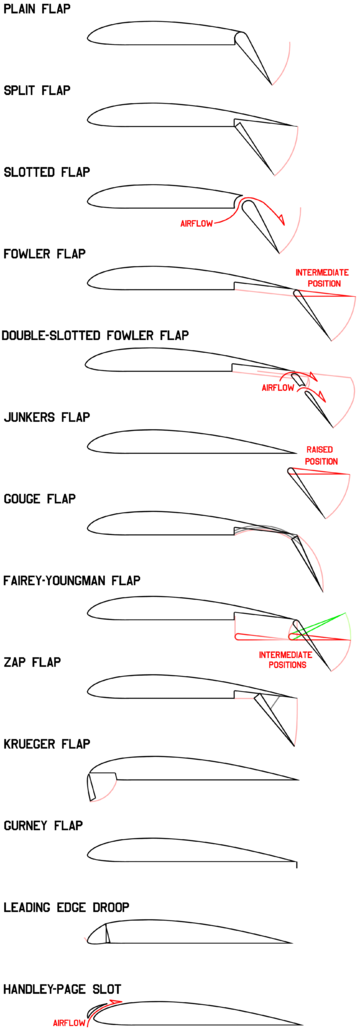
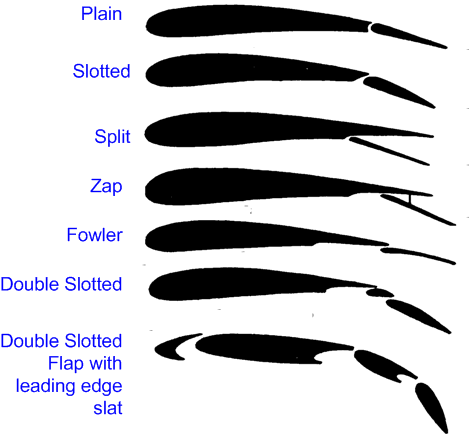
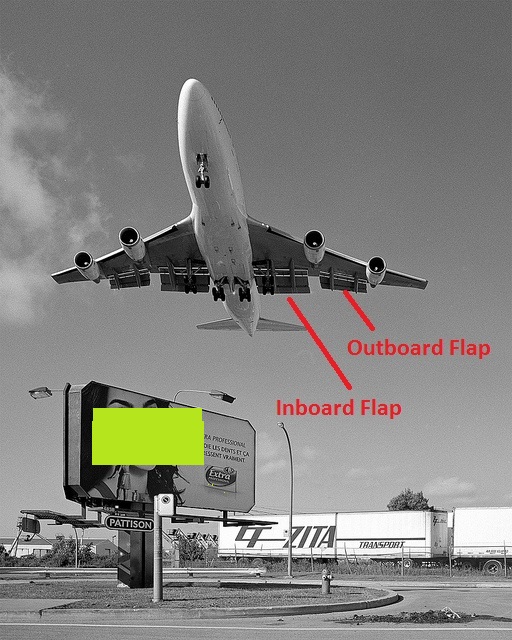
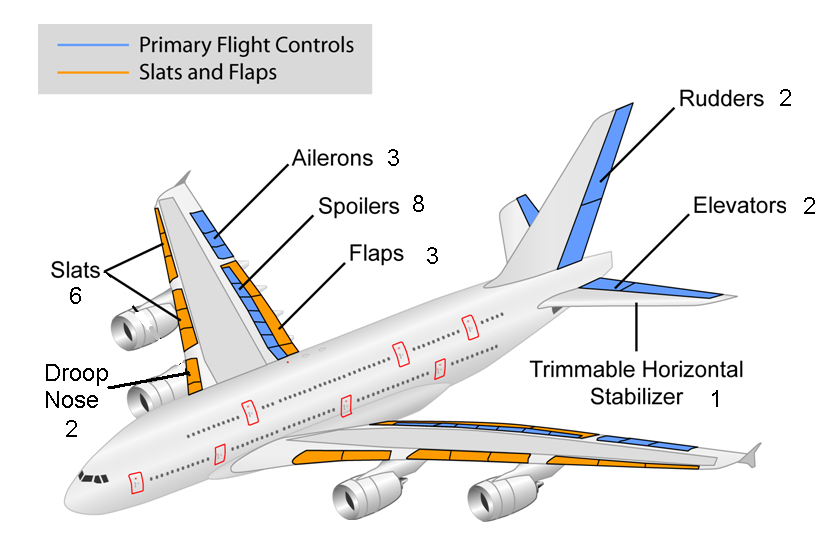
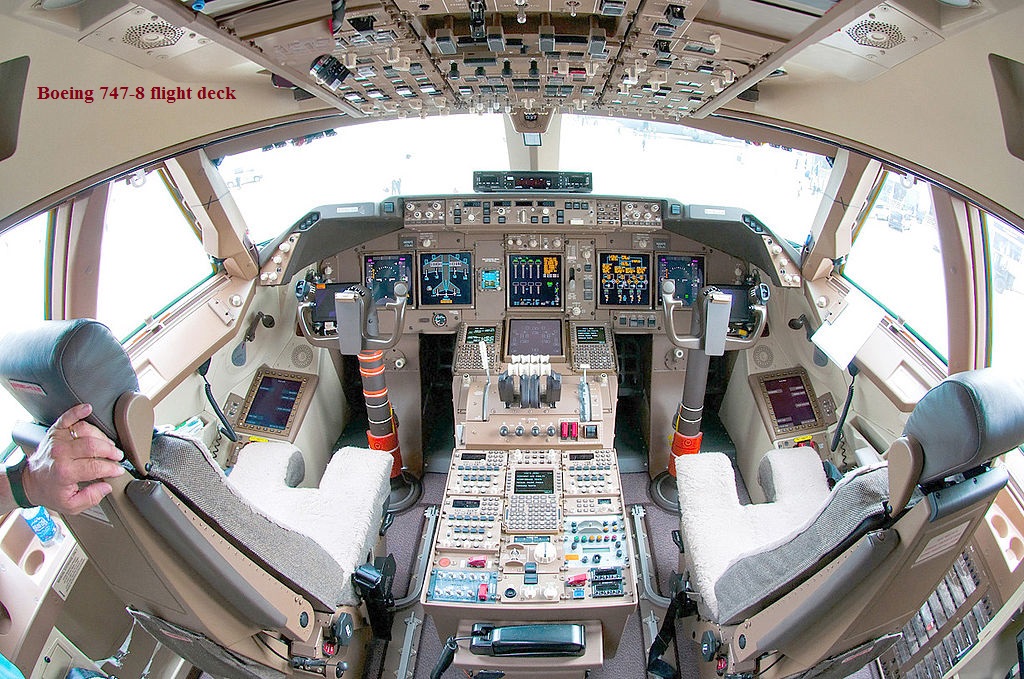


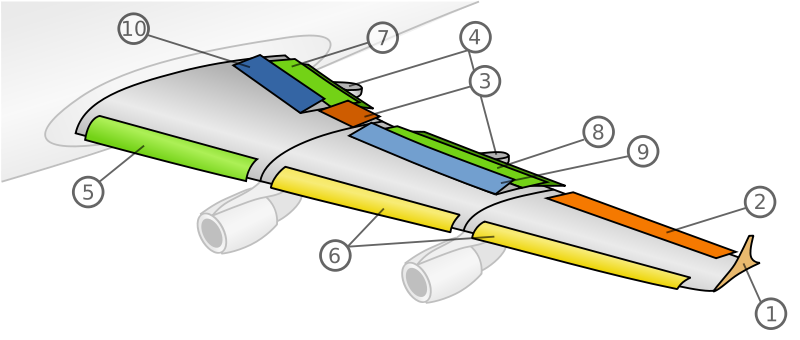 1.Wingtip
1.Wingtip 